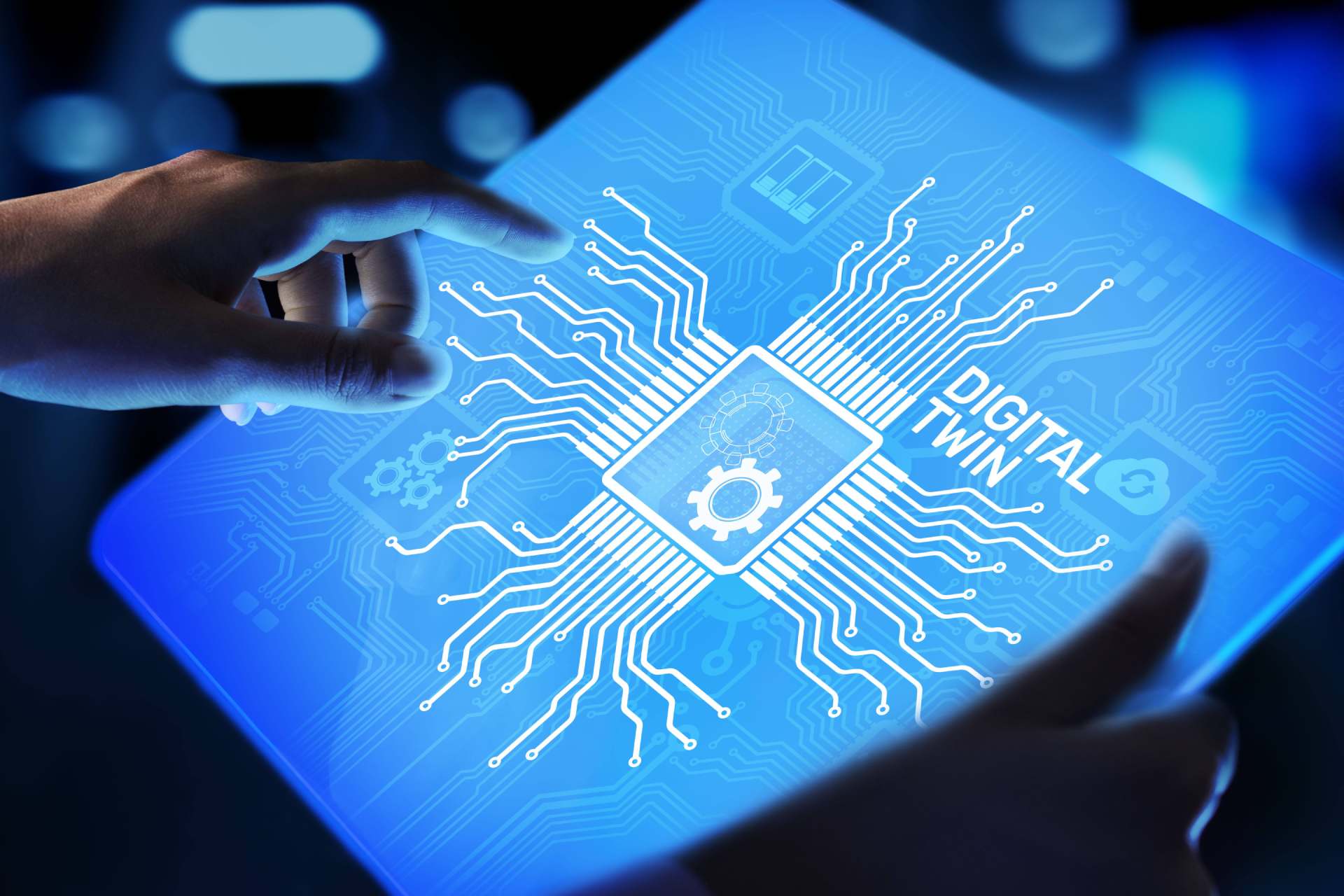
Global digital twin market set for growth
Submitted by:
Sara Waddington
Digital twins are increasingly transforming industries such as manufacturing, healthcare and aerospace, offering solutions to optimise operations, improve efficiency and enable predictive capabilities across various sectors. Against this backdrop, the global digital twin market is expected to grow at a compound annual growth rate (CAGR) of 35.6% from US$ 5 billion in 2019 to US$ 154 billion by 2030, outlined analyst GlobalData.
GlobalData’s latest Strategic Intelligence report, ‘Digital Twins’, reveals that the growth of the global digital twin market will be driven by low-cost sensors used in Internet of Things (IoT) devices, a decline in the cost of high-performance computing (HPC) and cloud accessibility. Advances in data analytics and artificial intelligence (AI) will also drive growth.
Aisha U-K Umaru, Strategic Intelligence Analyst, GlobalData, commented: “Digital twins are employed in various industries, including oil and gas, power, sport and government. They serve a wide range of purposes in these fields from enhancing the efficiency of a factory to providing an enriched viewing experience for sports fans.”
Digital twins are increasingly harnessing AI to provide more context to the users. This approach has created a hybrid technology called semantic twins, which can provide a deeper level of understanding by letting users ask large language models (LLMs) questions about a twin and its components. In response to these questions, the LLM can draw from its knowledge of the twin, the twin’s aims and objectives, and its broader understanding of systems and the world. Semantic twins also benefit from other features of generative AI, including advanced predictive analytics and information retention.
“AI (artificial intelligence) is pervading almost every industry, and it can offer more depth to digital twins. Semantic twins can allow users to draw deeper meaning from their digital twins, using LLMs for support,” added Umaru.
Digital twins for predictive maintenance are employed widely across several industries. They enable the calculation of maintenance-related key performance indicators and forecast how machines perform under different conditions.
“Digital twins act like real-time models that show precisely how a product, process or system is doing. They help us to simulate and predict how things will work under different conditions such as how long they've been running, harsh conditions they have faced or temperature changes,” commented analyst, Markets and Markets, in its separate market forecast on the digital twin market. It predicts that the automotive and transportation industry will account for the largest share of the digital twin market from 2023-2028.
“In the long run, the lessons and suggestions derived from digital twins are anticipated to generate significant opportunities for innovation and growth. When digital twins are combined with monitoring how products perform in the field, businesses can always see how products are used compared to how they were designed. This approach gives immediate feedback to improve designs. It speeds up product development and lowers costs by reducing the time and money spent on making and testing real prototypes. Virtual models of products or processes also help experts from different fields collaborate better during development. Using digital twins and IoT, teams can predict production issues and solve them before they affect manufacturing, making operations more efficient,” it concluded.
